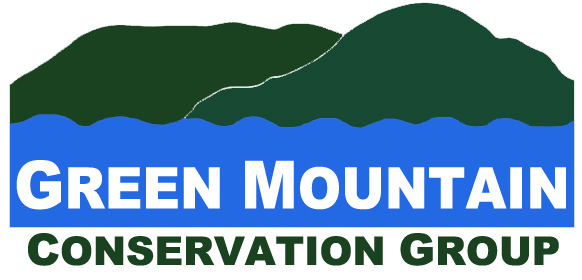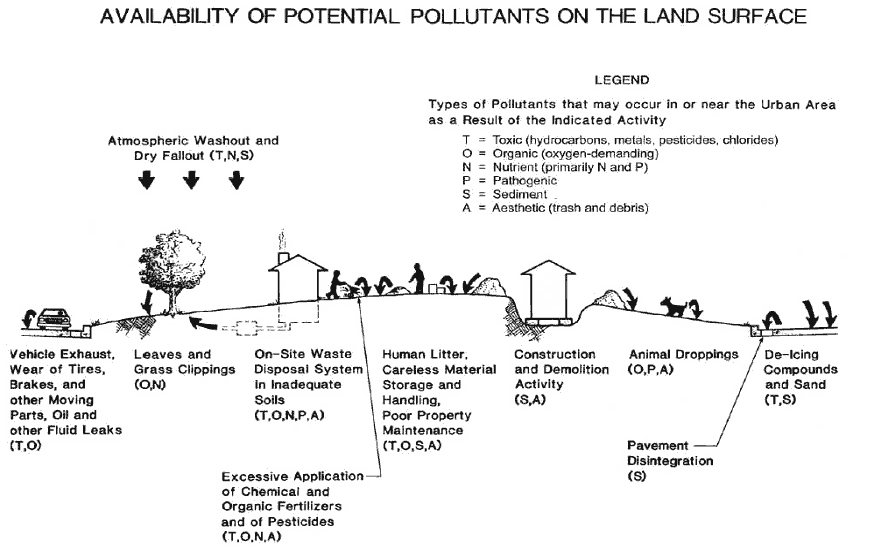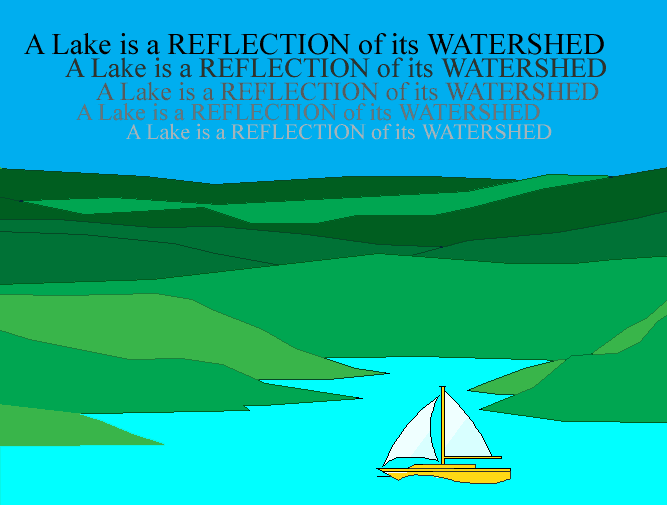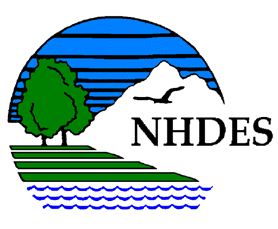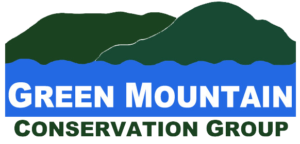How Do We Keep Our Watershed Clean?
The Ossipee Watershed
Everyone lives in a watershed. A watershed is the land that water runs over, across, and under on its way to the lowest point. The word “watershed” refers to the area of land that drains to a particular body of water. The Ossipee Watershed includes 14 towns. The outline below represents the Ossipee Watershed:
As rain and snow falls on the land of the Ossipee Watershed. The water flows into our many streams and ponds. It eventually drains to Ossipee Lake. When water leaves Ossipee Lake through the Ossipee River, it travels into Maine and ultimately to the Atlantic Ocean!
Pollution in the Watershed
Pollution in the watershed is carried along in storm water when it rains or snow melts. This type of pollution is called Non-point Source Pollution or NPS pollution because it does not come from any one source.
The Ossipee Aquifer
Water flows underground as well. Beneath the Ossipee Watershed is the Ossipee Aquifer. The Ossipee Aquifer is made of layers of sand that water can easily pass through. Most homes in our community have wells that go into the aquifer like drinking straws into a cup.
This sandy kind of aquifer allows water to move quickly through it. Unfortunately, that means that pollutants also move more easily into surface and ground waters.
What causes Nonpoint Source Pollution?
NPS pollution results from a wide variety of human and non-human activities on the land. Some examples and causes of NPS pollution include:
- * sand and salt, which may come from winter road maintenance
- * oil and gas, which may come from spills at home or leaks on the road
- * nutrients, which may come from uncovered manure piles, leaky septic systems, or excessive fertilizer
- * sediment, which may come from natural or manmade erosion, construction sites, or clearcuts
- * litter, which comes from people!
- * pesticides, insecticides, and herbicides, which may come from many places
What Can YOU Do?
- √ Bring hazardous substances to a Household Waste Collection Day rather than pouring them down the drain or sending them to a landfill. Contact your town Department of Public Works for a schedule of HHW days.
- √ Don’t be a litterbug and do participate in litter clean-ups!
- √ Pick up after your pets.
- √ Cover any manure piles and don’t store or spread manure within 50 feet of any waterbody.
- √ Compost your kitchen scraps.
- √ Keep your lawn small.
- √ Apply lawn and garden chemicals sparingly. Visit UNH Extension for more information about lawn and garden without chemicals.
- √ Have your septic systems inspected and pumped every 3-5 years. Visit the NHDES website for care and maintenance of your septic system.
- √ Clean up spilled brake fluid, oil, grease, and antifreeze.
- √ Plant trees and shrubs to prevent erosion and to filter runoff.
- √ Purchase detergents and cleaners that are low in phosphorus.
- √ Reduce, Reuse, and Recycle!
- √ Become a Water Steward by volunteering for GMCG to monitor a local stream, collect water samples, or help with a litter clean-up event.
This diagram shows what types of pollutants come from a variety of activities.
Image Source: Andy Chapman, NH DES
Clean, fresh, accessible water is a very precious resource on Earth!
How much of the Earth is water?
About 75% of the Earth is water.
Where is most of the Earth’s water?
Most of the water is in oceans and seas. 97% of the water on Earth is salt water, so only 3% is fresh!
Not all of Earth’s fresh water is flowing freely. Where is most of the fresh water?
At the North Pole and South Pole. 80% of Earth’s fresh water is frozen.
Of the unfrozen, fresh water on Earth, not all of it is available or clean.
In the end, only a very small bit of Earth’s water is there for you to drink and wash in!
Here’s another way to look at it:
Image Source: Bob Craycraft, UNH Cooperative Extension
Funding for this project was provided in part by a grant from the NH Department of Environmental Services
with funding from the US Environmental Protection Agency under Section 319 of the Clean Water Act.
